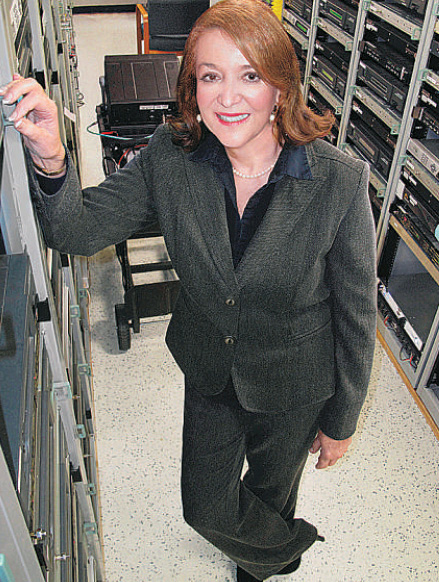PavCo tests the waters, would use proceeds to help pay for stadium upgrade
Bruce Constantineau
Sun
BC Place operator PavCo is testing the city’s recession-challenged market to see if anyone wants to develop land next to the stadium and help pay for the venue’s $365-million upgrade.
PavCo has issued a request for expressions of interest in developing the first of two potential building sites near the stadium — an area bounded by Pacific Boulevard, the stadium and Terry Fox Way.
Potential developers have until March 27 to express their interest in building residential and commercial projects on the property, known as development site 10A.
A request for expressions of interest in developing site 10C — bounded by the stadium, Pacific and the Georgia viaduct — could come later this year.
PavCo hopes to recover more than $100 million through the sale and lease of the sites, which could accommodate a total of 1.4 million square feet of residential and commercial space.
PavCo chair David Podmore said the Crown corporation won’t proceed if there is not enough interest now. But he noted several parties have already expressed an interest.
“We want to test the level of interest now to see if there are some interesting proposals out there that would allow us to move forward,” Podmore said in an interview, noting that actual development would still be several years away.
If enough potential developers express an interest, PavCo would select a short list of candidates and issue a formal request for proposals by April 20. It could then select a preferred proponent by June 30, when it would know how much money it would make.
PavCo is currently spending more than $100 million on interior improvements and seismic upgrades to BC Place before it is used for the 2010 Olympic opening ceremonies next year.
After the Olympics, PavCo plans to install a retractable roof for completion by the spring of 2011.
The BC Place upgrades were crucial to the Vancouver Whitecaps’ successful bid for a new franchise to begin play in Major League Soccer in 2011. The soccer club has agreed to play in the renovated stadium for at least five years.
© Copyright (c) The Vancouver Sun




